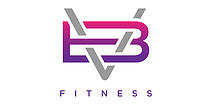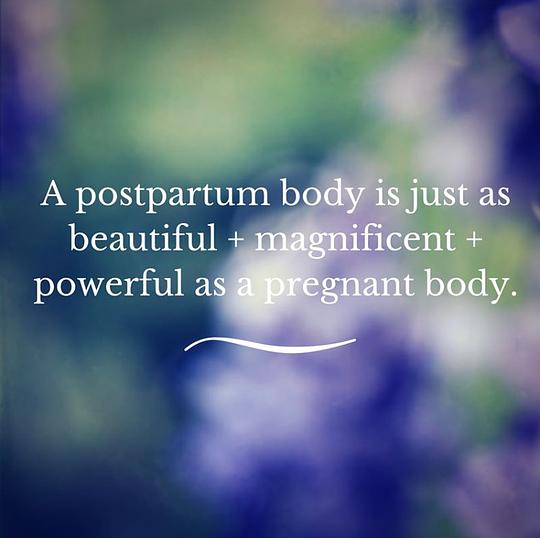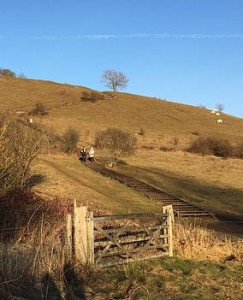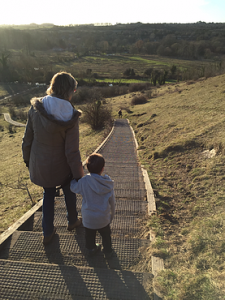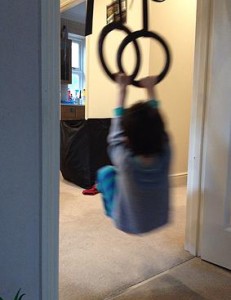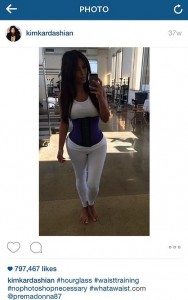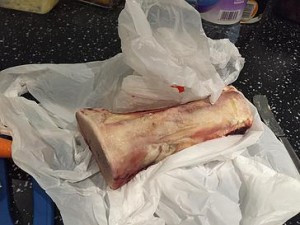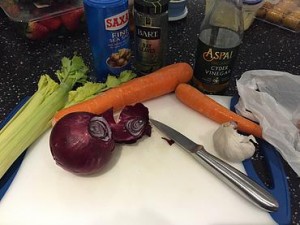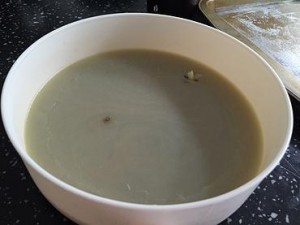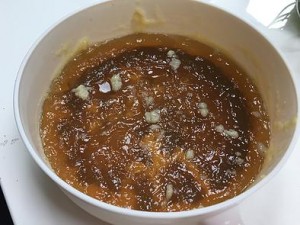And as the anniversary of the passing of Maya Angelou approaches, I find my mind wondering back to it as I read one of my favourite of her poems.
We are so quick to celebrate the pregnant body in all its glory, but what about the post natal body? If anything our society is quick to remind us that we should feel shame at this new and unfamiliar shape, hiding behind a blanket, shrinking into ourselves as we perform the natural and beautiful act of breastfeeding our baby.
And all the diet and exercise tips are to banish that unsightly ‘mummy tummy’, or creams to get rid of those stretch marks.
If you want to change, that’s fine. In fact it’s normal: obviously we all want to get back in shape. But that doesn’t mean you need to look (or even not look) down at yourself with horror at the stretched skin and the extra lumps and bumps. Because every contour, every line, is a mark that shows you’ve created life.
This body is the one that has just endured hours of pain, even complications, and withstood more than the old you ever did. It has pushed through every challenge thrown at it. Celebrate that power, because for many who convince themselves ‘when I reach this weight/ size I’ll be happy’, the goalposts then shift to a new target.
Sure, you want to lose the extra weight and tone the belly. But enjoy the journey and celebrate every inch of your body and what it can do. Because if you hate yourself now losing weight alone is unlikely to be enough to make you love yourself. Start from a place of self-love and gratitude for what your body can do.
And stop worrying about what other women look like. Surround yourself with positive images: is your newsfeed filled with unrealistic pictures of fitness models with bodies that most of us will never achieve? Unfollow that page. I don’t find it motivational, and I doubt you do either. I don’t want to be thinking about my appearance all day, and all these pictures do is reinforce the idea that women are for public consumption, broken down into mere physical attributes to be analysed, rather than complex multifaceted personalities.
Besides, most women look don’t look like that- head over to look at the Real Girl Belly Project for some more realisic photos.
It isn’t all about appearance.
Easy to say, harder to believe, and even harder to carry yourself with confidence in that belief. But Maya Angelou did: “Pretty women wonder where my secret lies. I’m not cute or built to suit a fashion model’s size.”
Be the person you want your baby to see, confident, embracing life, not holding back, waiting until you look right, one day. Let your baby see the joy in your feet and the sun of your smile; make sure your “head’s not bowed”.
I’ll leave you with the poem in all its glory.
Phenomenal Woman
Pretty women wonder where my secret lies.
I’m not cute or built to suit a fashion model’s size
But when I start to tell them,
They think I’m telling lies.
I say,
It’s in the reach of my arms,
The span of my hips,
The stride of my step,
The curl of my lips.
I’m a woman
Phenomenally.
Phenomenal woman,
That’s me.
I walk into a room
Just as cool as you please,
And to a man,
The fellows stand or
Fall down on their knees.
Then they swarm around me,
A hive of honey bees.
I say,
It’s the fire in my eyes,
And the flash of my teeth,
The swing in my waist,
And the joy in my feet.
I’m a woman
Phenomenally.
Phenomenal woman,
That’s me.
Men themselves have wondered
What they see in me.
They try so much
But they can’t touch
My inner mystery.
When I try to show them,
They say they still can’t see.
I say,
It’s in the arch of my back,
The sun of my smile,
The ride of my breasts,
The grace of my style.
I’m a woman
Phenomenally.
Phenomenal woman,
That’s me.
Now you understand
Just why my head’s not bowed.
I don’t shout or jump about
Or have to talk real loud.
When you see me passing,
It ought to make you proud.
I say,
It’s in the click of my heels,
The bend of my hair,
the palm of my hand,
The need for my care.
’Cause I’m a woman
Phenomenally.
Phenomenal woman,
That’s me.
By Maya Angelou
